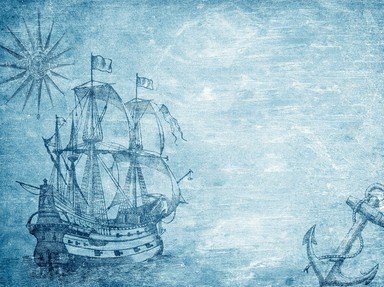Quiz Answer Key and Fun Facts
1. Which of the following is NOT a way in which Samuel de Champlain guaranteed the success of New France in North America?
2. Jesuit priests played an important role in the development of New France in North America. Which community was founded by Paul Chomedey de Maisonneuve?
3. Jesuit missionaries in New France attempted to eliminate the matriarchal society of the Native Americans in the area.
4. Which of the following infrastructure systems was mostly used to help colonize New France?
5. One of King Louis XIV's ideas concerning the colonization of New France involved sending young, single women to the settlement. What were these young women called?
6. The territory of New France consisted of four colonies. Which of the following was the last to be settled by the French?
7. What area of modern Canada had been claimed by the English in 1610? A very important outpost for the fur trade, it brought France and England into conflict.
8. With all the interest in the profitable fur trade, it didn't take long for European countries to go to war over coveted lands. What was the name of the fort built by the French near the site of modern day Pittsburgh, Pennsylvania, to guard the Ohio River Valley?
9. While the English, French, and their native allies fought over the control of the Ohio Valley in North America, the Seven Years' War raged in Europe (and elsewhere) with the two countries leading their coalition allies. What was the North American phase of the war called?
10. According to the Treaty of Paris of 1763, France was able to retain which part of their former overseas empire?
Source: Author
ponycargirl
This quiz was reviewed by FunTrivia editor
bloomsby before going online.
Any errors found in FunTrivia content are routinely corrected through our feedback system.


